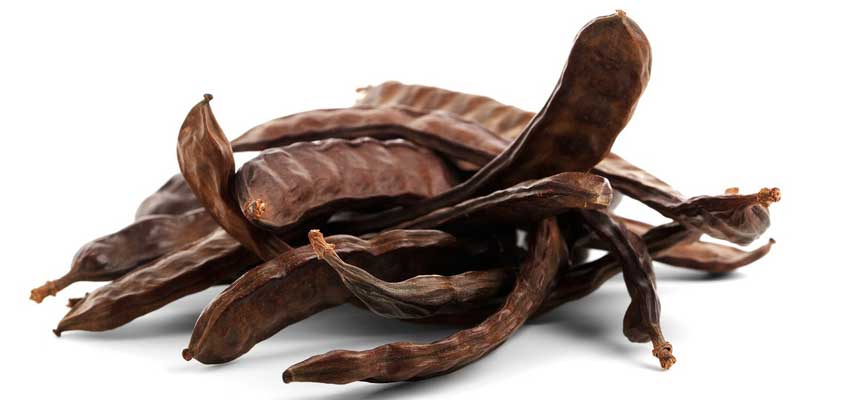There was great excitement in early July 2021 after further findings of ethylene oxide/2-chloroethanol in various compound foods. Where did these residues come from?
An EU working group was able to locate the cause in locust bean gum from Turkey, which had been used as a binding agent in various products. The question was how to classify these findings with regard to the marketability of the final food products. The contaminated carob bean gum had exceeded the permissible EU maximum value (= limit of quantification) for the sum of ethylene oxide/2-chloroethanol of 0.1 mg/kg. It should therefore not have been placed on the market.
But what is now to be done with the foodstuffs in which parts of this batch were processed?
The EU working group has decided that all processed products containing the contaminated carob bean flour must be classified as "unsafe" food and withdrawn from the market, even if the traces detectable in the end product are below the above-mentioned limit of quantification. The German BMEL confirmed this legal opinion and contradicted the view of the German food industry association, which argued that the maximum quantity had not been exceeded in the end product. The critical factor for the decision is the fact that the genotoxic potential of ethylene oxide or 2-chloroethanol cannot be definitively assessed at present and thus no safe intake level can be defined.
Our laboratory AGROLAB Dr. Verwey in Barendrecht is officially listed as a testing laboratory by the European Reference Laboratory.
YOUR PLUS: In our laboratory AGROLAB LUFA in Kiel we will offer accredited analysis of ethylene oxide and 2-chloroethanol according to the current EURL method publication with high measurement capacity and short turnaround times from the end of August 2021.
Autor: Dr. Frank Mörsberger

 Contact
Contact

 Contact
Contact Career
Career